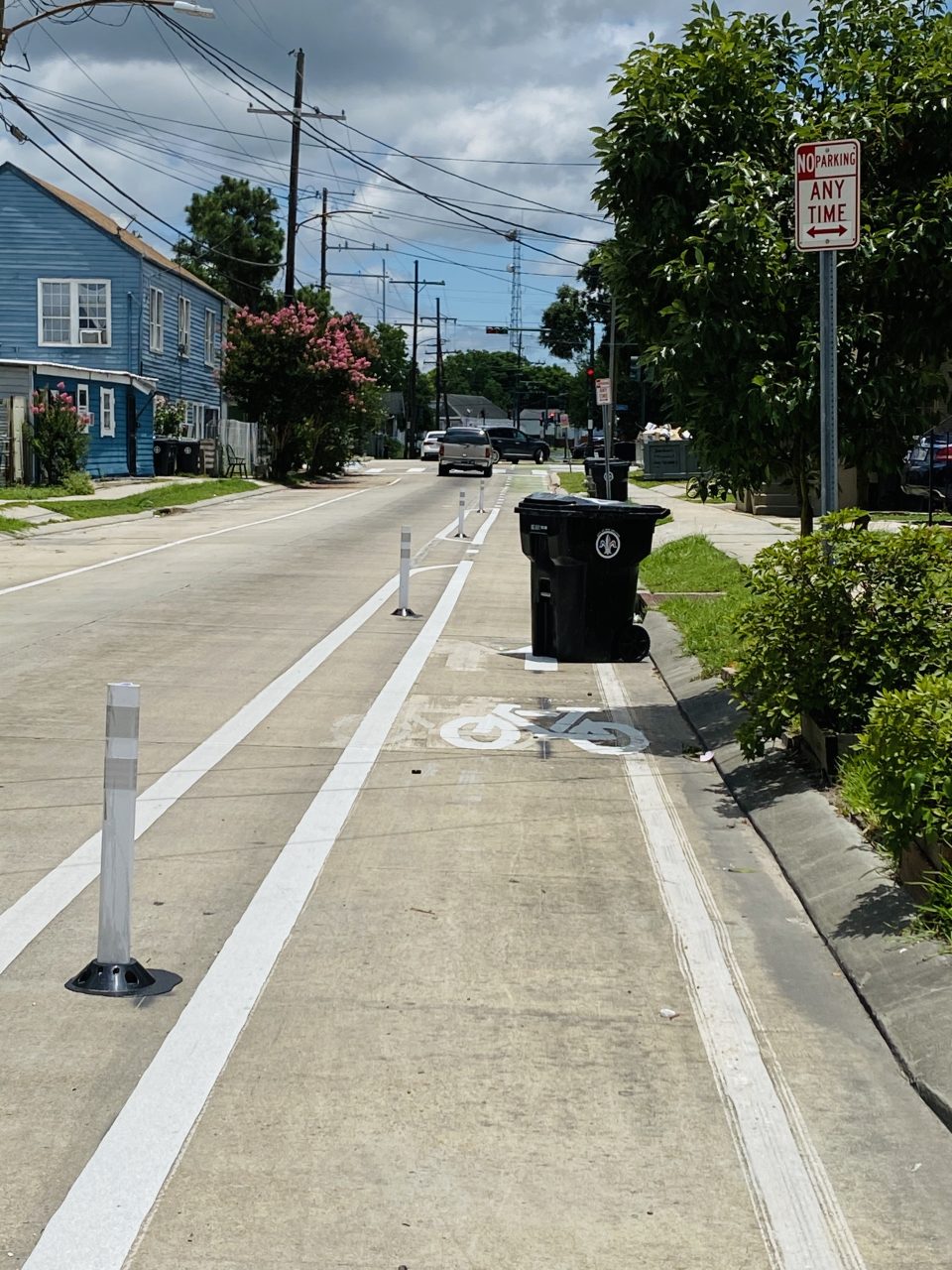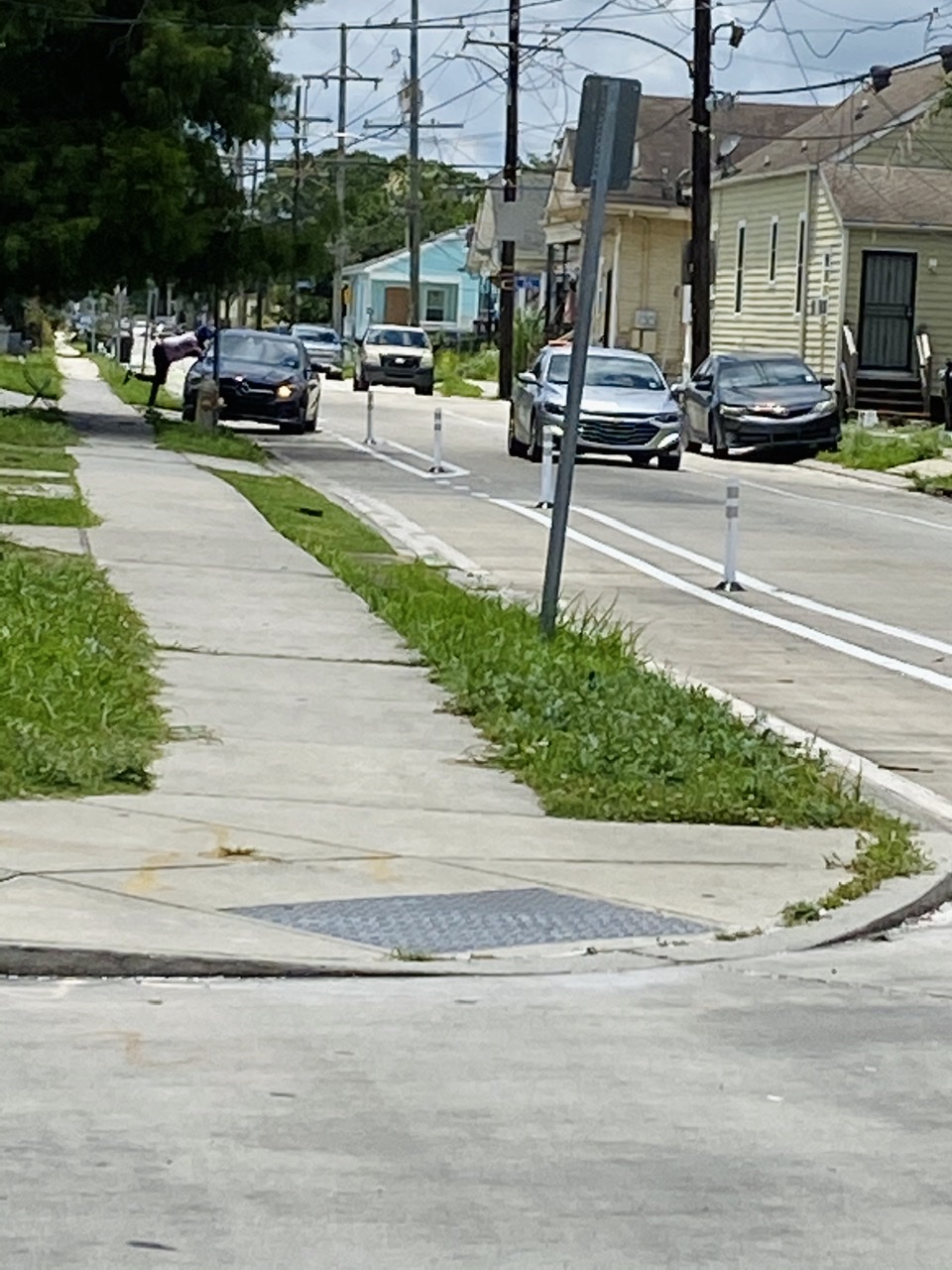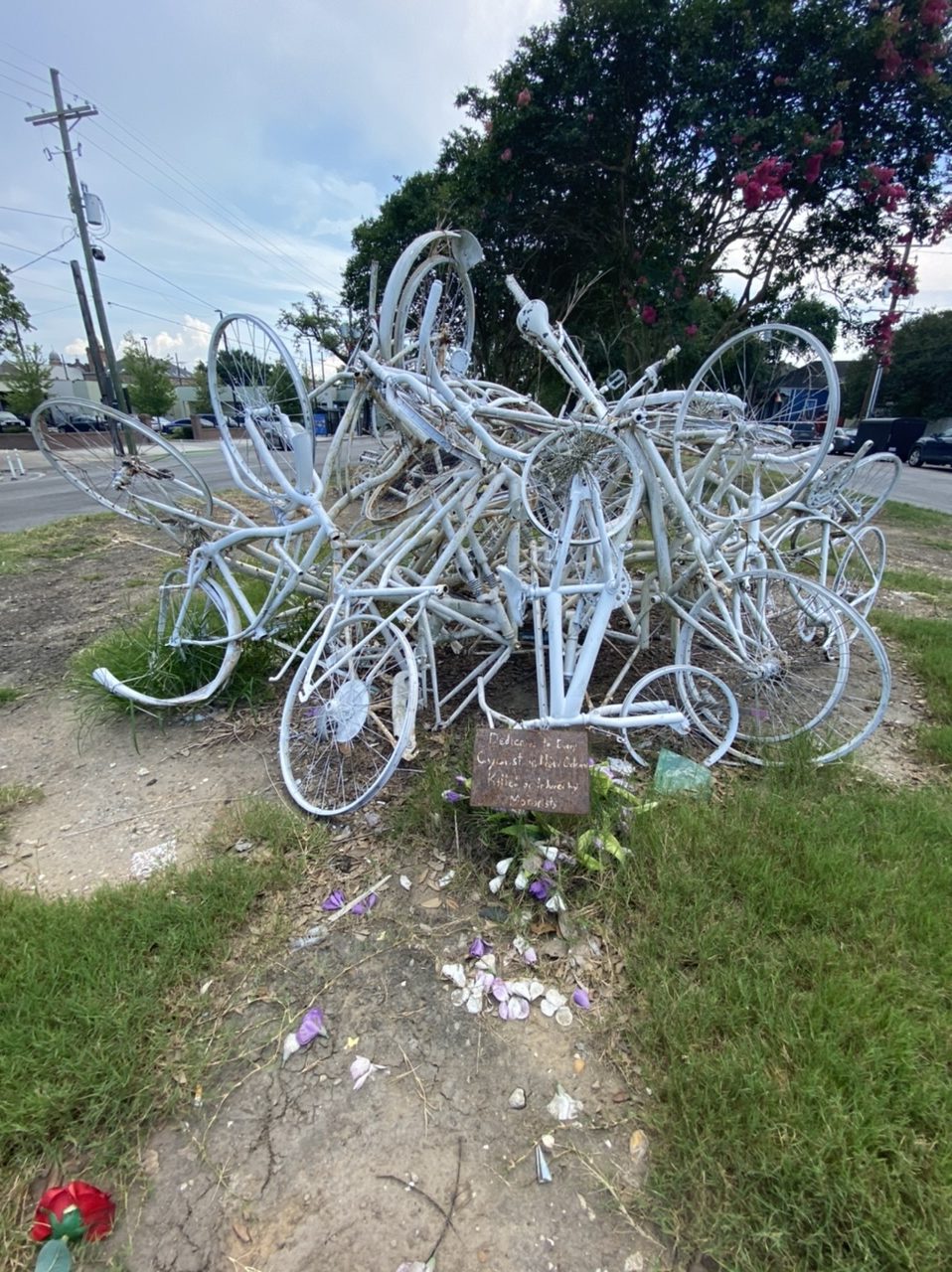Whispers of gentrification still swirl around New Orleans, which experienced a significant population shift after Katrina. At least 75 percent of the 100,000 Hurricane Katrina survivors who returned to New Orleans found higher rents, higher property taxes, and other by-products of gentrification. Mixed-use housing replaced public housing complexes. Translation -there were fewer affordable units.
Gentrification in New Orleans is no longer the subject of quiet backroom discussions. It’s a fact. New Orleans is the fifth on a list of the top 20 most gentrified cities in America.
RELATED: WHY GENTRIFICATION IS ESPECIALLY BAD IN NOLA
The National Community Reinvestment Coalition (NCRC) released a report entitled Gentrification and Disinvestment 2020. It analyzed data from the American Community Survey (ACS). The ASC collected this data from 2008-2012 and 2013-2017. They examined neighborhood change and gentrification. Read a copy of the full report here.
“An analysis of New Orleans specific data reveals highly concentrated gentrification in economically vulnerable neighborhoods, placing many families at risk of displacement. By these measures, New Orleans is now the 5th-most intensely gentrifying US city, and the threat of displacement is only increasing,” according to the Louisiana Fair Housing Action Center.
Evidence of gentrification in the 504 is apparent. Formerly Black communities are now more ethnically diverse. Lots of people came to help rebuild the city. Many were white students or professionals who saw once-in-a-lifetime bonanza of cheap houses and land. The likes of which did not exist anywhere else.
Where else could a house be purchased from the state—which bought abandoned homes way below market rates—for $30,000?
Newcomers to New Orleans brought their cultural influences, some good and some bad. New cafes, pop-up businesses, community art, community gardens, co-op groceries added value to neighborhoods east of Canal Street.
However, the city’s Department of Transportation’s plan to create 600 miles of a connected network of low-stress bikeways and walkways reaching every corner of Orleans Parish is not. Creating safe pathways for bicyclists to ride on New Orleans streets is a good thing. But the impact of the over-the-top bike master plan has prioritized bikers’ needs over auto drivers.
Citizens who own cars can no longer park on the streets in front of their homes. Somehow, the fact that New Orleans streets, specifically that east of Canal Street, were designed for horses and buggies and are narrow one-way streets seems not to have mattered to the bike safety planners.

Understandably, safety measures for bicyclists were necessary to prevent tragedies like the deaths of three bicyclists in ten days in 2019.
Related: Gentrification Solutions in NOLA
In response to calls for protection for bicyclists, the New Orleans City Council passed bicycle safety ordinances, and Mayor Cantrell’s Department of Transportation launched the Moving New Orleans Bikes master plan. Moving New Orleans Bikes.
“At least some funding for the bike master plan, roughly $2.6 million, was provided by People for Bikes, a Colorado-based coalition of bicycling suppliers and retailers. The city matched that amount with money it has allocated for infrastructure projects and expects to provide even more funding as the plan is implemented,” David Lee Simmons, a Cantrell spokesman,” told Jessica Williams, Advocate reporter, in 2019.
“While we know that these changes can be disruptive in the short run, we are anticipating major benefits to people who live, work or visit the corridors in this network,” said Simmons.

Disruptive?
Disruptive is an understatement. Not only are the protected bike lanes ugly, but they have caused traffic congestion and a lack of parking in residential communities. Additionally, in some parts of the city with protected bike lanes, very you see few bicyclists using the routes.
This “connected network” of bike lanes represents a tax-payer-funded service for a small minority of the city’s population who ride bicycles to the detriment of the majority.
Equally disturbing are the rules motor vehicles must follow relative to bicycles. For example, motor vehicles shall yield the right of way to bicycles. In emergencies, a motor vehicle can use the bike lane “in accordance with the normal standards of prudent conduct to protect the driver and others from harm.” Also, “Where bicycles and vehicles share the street: a car must stay at least 3 feet away from the bike when passing.”
Before Katrina, bicycling was merely a past-time that few residents enjoyed. However, bicycling newcomers formed coalitions. They raised funds, and began lobbying the city to create specialized pathways for bikers.
What’s interesting is that certain areas in the city seem to be exempt from protected bicycle lanes. Maybe St. Charles Avenue, Bourbon Street, and Canal Street will have protected bike lanes one day, but currently, there are none. How about on Poydras Street? Uptown? The Garden District?
Cars or Bikes?
The bikeway network in Orleans Parish currently boasts more than 100 miles of on- and off-street bikeways. More residents own cars than bicycles. Why is it that beautiful, narrow thoroughfares like Esplanade Avenue have been narrowed even more to accommodate a bike path?
However, Esplanade Avenue residents have it better than others. They have a parking lane in front of their houses. On North Galvez Street, from Elysian Fields to Franklin Avenue, residents can’t park in front of their homes. They have to park across the street in front of the homes of other residents.
For all the talk of bicyclists needing a “fair share” of the streets, where is the fair share of neighborhood streets for residents who live in those communities?


Cycling in urban areas is an extreme sport. It’s dangerous and at times deadly. There are many people that use the bike lanes that do not have access to a car so this serves the poor and vulnerable working class. Furthermore the routes for bike lanes were chosen using data compiled by the mayors office in conjunction with UNO. So the idea that no one uses these is incorrect. We see less people on them now perhaps due to Covid…but less people are going anywhere regardless of transportation.
Bikes are a net benefit to a community. Not only are they great exercise but they reduce green houses emissions that inversely affect black and brown communities but they increase safety as well. Healthier citizens, less pollution and more friendly eyes on the street—all good and needed in our city.
Gentrification is a major problem and a civil rights issue in our city however cyclists are an odd target. We cyclists come from all races and economic backgrounds and cycle for different reasons. Some to get to work or school, some for sport but we all deserve protection in a city that’s dangerous for a someone on two wheels.
With high rise apartments and air b n b and out town realtors buying property not to mention the insane increases the city put on housing taxes…maybe cyclists don’t deserve our ire.
The truth is that riding a bike in New Orleans is dangerous. As your photo will attest, people die every year because of careless drivers. Bike lanes reduce bike fatalities and encourage people to ride instead of drive.
It’s a tough sell to claim to be for the preservation of life and then condemn bike lanes. For that matter, implying that you care about health care while ignoring the fact that bike riding is preventive health care. Also, a reduction in auto-emissions benefits the health of everyone.
What’s really the gripe here? Could it be that most of the new bike riders aren’t black? Or perhaps it’s that bike lanes represent a New Orleans that’s moving into the future? Should we infer that you prefer a less progressive New Orleans in favor of a New Orleans of old whose social ills you condemn in your articles?
Gentrification is part of the natural movement of people in a free society. People moved into the suburbs in the 1960s. This was condemned as “white flight”. Now people are moving back into the cities and it is condemned as “gentrification”. Perhaps it would better suit you if everyone just stayed put? Yes, in the future the cycle will turn again as people move out of the cities. This will again be condemned as a nefarious influence.
Pre-Katrina New Orleans was desperately in need of an injection of capital, housing renovations, jobs, better education, and a broader tax base to support its services. The answer to the displacement of lower income folks is not to condemn people moving into New Orleans. Such condemnations will have limited impact. Instead, we should strive for meaningful solutions to create more affordable housing and services. Community Land Trusts are one such example that help to secure affordable housing for future generations.
In conclusion, there are plenty of problems to write about. Singling out bike lanes in your piece suggests you should look a little deeper at the problems our city faces instead of focusing on the changes that are actually beneficial. While you’re at it, you might try getting out of your car and onto a bike in one of these new bike lanes. You might be surprised at how much better you feel.
CC Campbell-Rock, please visit MacArthur Blvd in Algiers to see bike lanes a on crack. Our families have to park next to traffic lanes (think Magazine Street), open and close doors next to traffic, traverse empty bike lanes, just to get to their curbs. Safety concerns are real for these residents. City did not notify, and area residents are banding together to voice their displeasure and concerns. Yard signs Our Streets Our Choice proliferating.
Christy Lynch, Acting President, Huntlee Village Neighborhood Association. (Website under construction).
Thank You! I second every issue that you discuss, your article should get published in the TP/Advocate….it really is unreal what is happening to our beautiful streetscape….
Bike lanes should not disrupt parking and residents like that. I don’t think they are the boogeyman you describe them as.